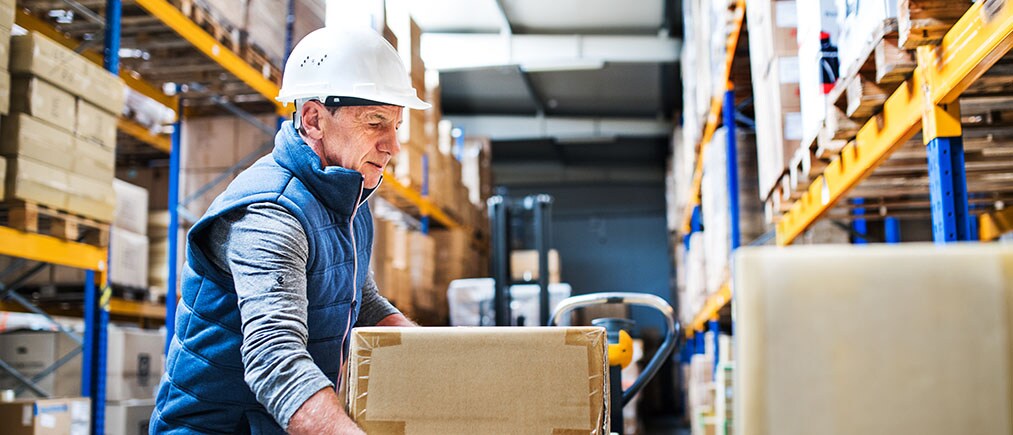The new EU-UK trade agreement brings some certainty to our future relationship with EU countries, but it will change many aspects of how we live, work and trade together. We’ve spoken to small business owners in the different industries to see how they’re adapting to the new trade regulations and what steps they’ve taken to ensure the minimal impact on the day-to-day running of their businesses.
Putting an additional charge on products and updating packaging trademarks
Lakes, a showering products brand based in the UK, imports a luxury shower tray line from Barcelona and a designer shower screen range from Rome. Before the Christmas Eve deal signing, the firm was concerned about the lack of information over the possible new EU regulations and export declarations.
Preparing for a hard no-deal Brexit, Mike Tattam, sales and marketing director, says the firm had stockpiled about three months’ worth of product to tide them over while the new ways of working settled down.
“It turns out this was a wise move because of the congestion at the ports, which has been building for a while but has now been exacerbated by border officials checking that EU hauliers have the correct customs paperwork and that is putting pressure on the supply chain and building in cost.”
From 1 February, Lakes will add a fee of 15% on all its product lines. They informed their customers at the start of the year, sending them a chart of the steep rise in shipping costs since last September. “The cost of shipping a 40-foot container from Asia to the UK had risen from about £1,400 in September to £9,900 at the start of January – around seven times what they were at the start of January 2020. Shipping forecasters are predicting that they will be about £11,000 in February.
“The additional charge will help us mitigate the financial risk from the pressures in the supply chain,” says Tattam. “We could be booking a driver to take a consignment off a carrier only for that carrier to be waiting at sea unable to dock and then we must rebook the driver but still pay for that day’s booking.”
Tattam says they decided on a adding a fee rather than a price rise because these are temporary, and they hope to rescind it once the UK and the EU adjust to the new rules and the container rates ease off. He stresses the importance of being upfront and transparent with customers about the new cost to help them understand where the increase is coming from.
Lakes is in the process of changing the packaging of all its products to reflect the new post-Brexit trademark – UKCA – introduced on 1 January. The UK has given a 12-month “grace” period for products entering the UK to adopt this certification and move away from the European CE mark.
Understanding the intricacies of “non-tariff trade barriers”
The UK has secured zero tariff, zero quota market access provisions from Brussels. However a range of conditions must be met for your business to qualify for duty-free EU trade including meeting the Rules of Origin order.
Robert Jappie, Partner at London law firm Ince, explains: “Rules of Origin is a non-tariff barrier which a business must abide by if they wish to receive the preferential treatment which the Free Trade Agreement (FTA) gives – and that is essentially that the product you are importing or exporting must be wholly produced from materials sourced in the UK or the EU.”
There are additional complexities around the Rules of Origin, say advisers at Deloitte. Caroline Barraclough, who leads the UK Global Trade Advisory team at the consultancy, says if an item of clothing originates from Italy and is then sent to the UK and then onward to the Republic of Ireland, that second leg of the journey could generate customs duty, unless you look at a transit warehousing process or something called Returned Goods Relief.
You can read more about Rules of Origin in our guide to auditing your supply chain post-Brexit.
Submitting additional customs declarations
Seafood businesses must now submit seven new forms to carry one species of fish to the EU. These include an export health certificate, a catch certificate and a customs export declaration. For Allan Miller, the owner of Aberdeen-based AM Shellfish, which sells crabs and langoustines to France and Spain, this is adding about £300 of costs onto his family business per customer.
Implementing a dual warehousing strategy
Jappie says having a dual warehousing strategy is one option to reduce the bureaucracy, red tape and the impact of the new VAT rules. This means having a fulfilment centre in the UK and Europe so you can store inventory imported from outside the EU and defer VAT charges until the goods are sold.
For businesses in the e-commerce space, having a second fulfilment centre in Europe can help reduce the compliance demands and costs for the brands you work with.
If you are considering a dual warehouse strategy, make sure you have a local digital and ecommerce strategy that is integrated with your warehouse for operations that are as smooth as possible.



